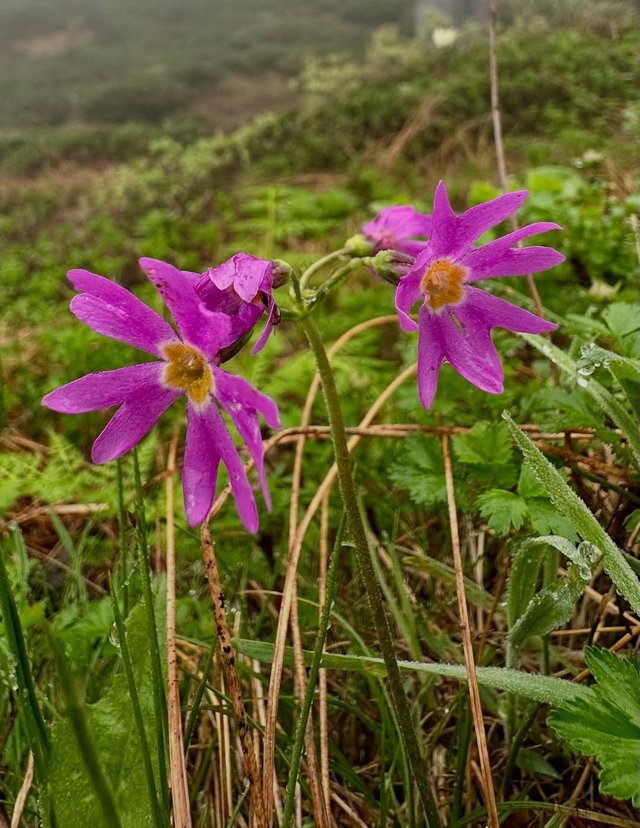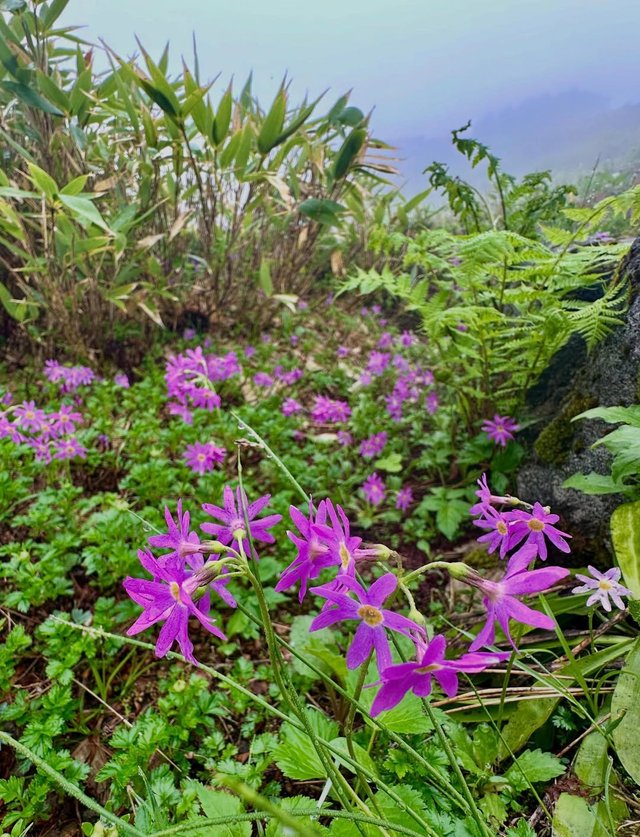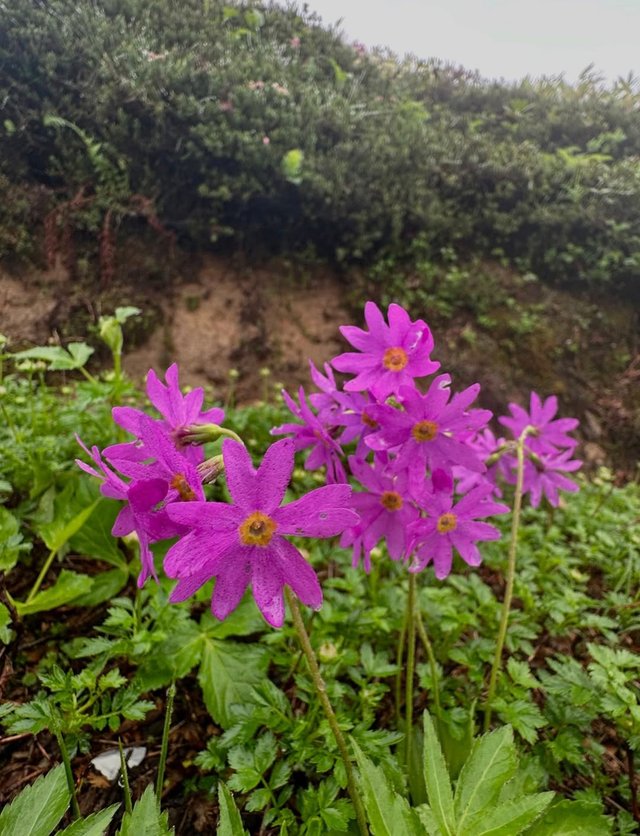Siberian Primrose
In the harsh and windswept regions of the Arctic coastlines, where few plants dare to bloom, one flower thrives in quiet defiance: the Siberian Primrose (Primula nutans). With its dainty lavender-pink petals and low-growing form, it might appear delicate—but this rare wildflower is a survivor. Found in some of the northernmost parts of the world, the Siberian Primrose is a symbol of resilience, ecological significance, and growing concern in the face of climate change.
Its natural habitat includes coastal meadows, sea shore marshes, and low-lying saline grasslands. These environments are often windy, damp, and harsh—but the Siberian Primrose has adapted perfectly, hugging the ground to avoid cold Arctic blasts and using its shallow roots to cling to shifting coastal soils.While the Siberian Primrose may not be as flashy as garden flowers, its ecological value is significant:It provides nectar and pollen to Arctic bees and flies in early summer, helping sustain local pollinator populations.Its presence reflects healthy, undisturbed coastal ecosystems. When the plant declines, it's often a warning sign of climate stress or habitat degradation.
The Siberian Primrose might seem like just another pretty wildflower, but it tells a much deeper story: one of ecological balance, climate fragility, and hope through conservation.It is a reminder that even the smallest and quietest of species are part of the planet’s complex web—and when we protect them, we protect the entire ecosystem they represent.In a world changing faster than many species can adapt, the Siberian Primrose stands as a quiet sentinel. Its soft petals, fluttering in the Arctic breeze, are not only a symbol of beauty but also a call to action—to cherish, protect, and act for nature before it’s too late.




